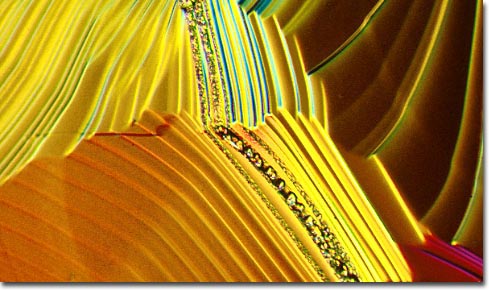|
Though 123 is a high temperature superconductor, pure praseodymium is a silvery rare-earth metal that is soft and ductile. When the element comes into contact with air, a green oxide develops on its surface that may be easily chipped away. Praseodymium was discovered in 1885 when Carl Auer von Welsbach separated a salt of the metal from a blend of several rare-earth oxides formerly believed to be a single substance called didymia. Though not particularly valuable commercially, praseodymium is sometimes utilized in alloys for the flints of cigarette lighters and protective glass in goggles used by welders and glassblowers. In addition, praseodymium has been of significant scientific interest due to its unusual characteristic of suppressing superconductivity. The reason for its effect on superconductors is not yet fully understood, but some scientists argue that it has to do with a phenomenon known as hybridization, which may enable praseodymium to have a type of magnetic interaction with superconducting materials that the other rare-earth metals are unable to engage in.
|
